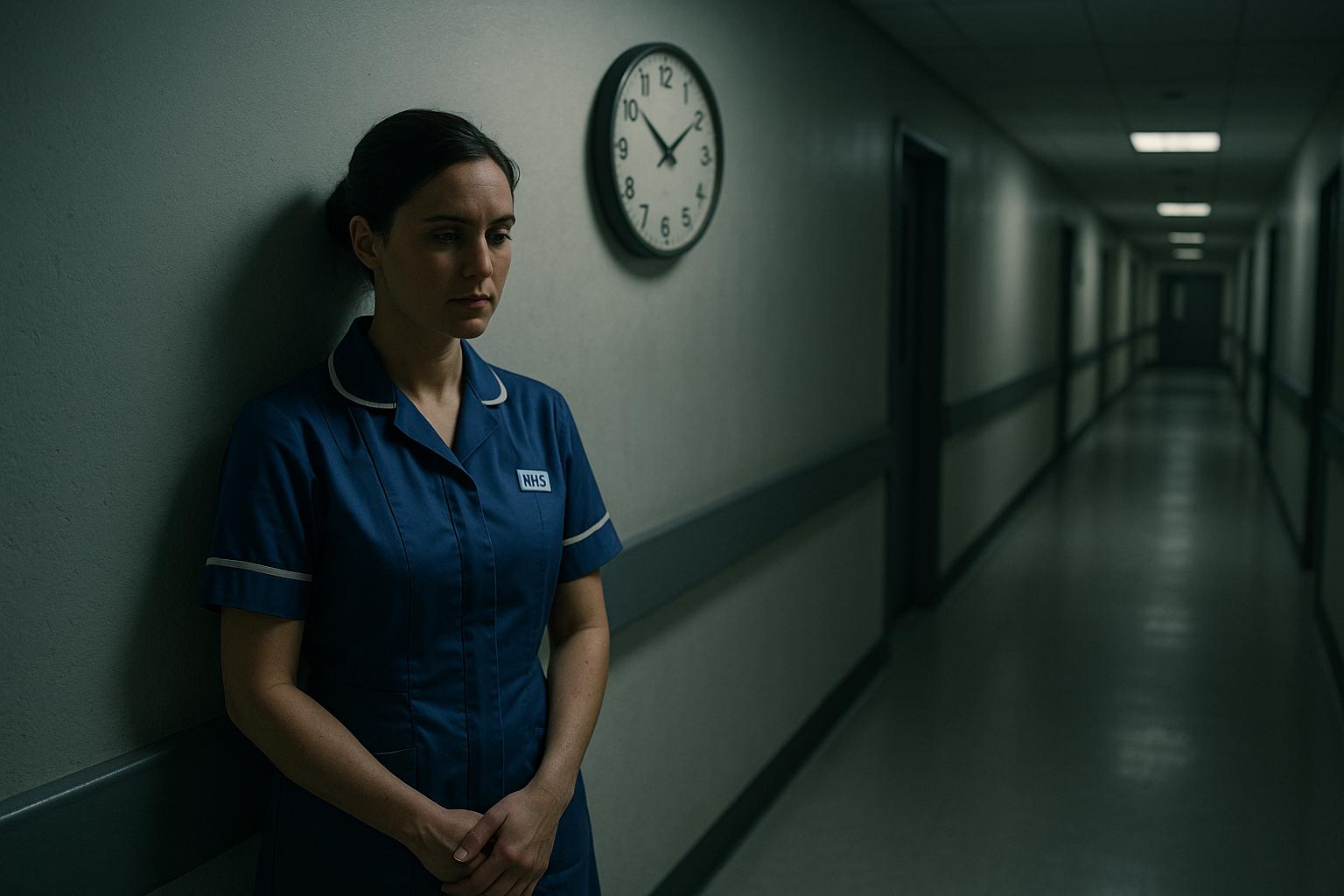The number of NHS appointments, tests, and operations delivered by private hospitals and clinics in England has risen significantly, increasing by nearly 500,000 this year to a total of 6.15 million. This surge reflects a growing reliance on independent healthcare providers, who now conduct around 10 per cent of all elective NHS activity. Between August 2024 and September 2025, these private sector providers completed an average of 19,000 surgical procedures and 100,000 outpatient appointments each week, treating more than 1.1 million patients.
Health Secretary Wes Streeting emphasises that this policy is designed to address the issue of a “two-tier” healthcare system, where wealth determines the speed of treatment. He stated, “I’ll do everything I can to get NHS patients treated faster, free at the point of use.” Streeting described the approach as “a principled, progressive position” aimed at cutting waiting times so that NHS patients receive prompt care, regardless of their financial means. The government’s plan seeks to ensure that 92 per cent of patients in England do not wait longer than 18 weeks from referral to treatment.
This initiative includes utilising spare capacity in the private healthcare sector as a key strategy to reduce waiting lists. Alongside this, there are additional measures to enhance NHS capacity, such as the expansion of community diagnostic centres, extended operating hours in the evenings and weekends, and the adoption of modern technologies like robotic surgery. According to Streeting, these reforms have collectively helped deliver five million more appointments, increased NHS productivity, and cut the waiting list by 200,000 patients.
David Hare, chief executive of the Independent Healthcare Providers Network, which represents private hospitals and clinics, highlighted the critical role the independent sector plays in supporting the NHS. He noted that these providers deliver about 10 per cent of all NHS elective activity and have achieved a record number of free appointments, tests, and scans for patients.
However, the policy has attracted some criticism. Shadow Health Secretary Stuart Andrew acknowledged Labour’s utilisation of the independent sector to speed up patient care but argued that the government is still far from meeting its own NHS waiting-time targets. He pointed to persistent long waits for treatment and the impact of strikes that followed pay disputes as ongoing challenges.
The government also seeks to provide patients greater choice, particularly in specialist treatments like gynaecology and orthopaedics, areas burdened by significant backlogs. Efforts include making treatment options more accessible to those in deprived areas, aiming to promote equity in healthcare access.
Overall, the increased involvement of private providers in delivering NHS care forms a central part of the government’s strategy to reduce waiting times and enhance patient outcomes by expanding capacity and resources. While it represents progress towards addressing waiting lists and operational pressures, ongoing scrutiny remains regarding how effectively these reforms translate into timely, equitable care for all NHS patients.
📌 Reference Map:
- Paragraph 1 – [1] (The Independent), [2] (ITV News), [6] (The Irish News)
- Paragraph 2 – [1] (The Independent), [2] (ITV News), [5] (Evening Standard)
- Paragraph 3 – [1] (The Independent), [3] (gov.uk), [4] (gov.uk)
- Paragraph 4 – [1] (The Independent), [5] (Evening Standard), [6] (The Irish News)
- Paragraph 5 – [1] (The Independent)
- Paragraph 6 – [1] (The Independent), [4] (gov.uk)
- Paragraph 7 – [1] (The Independent), [2] (ITV News), [7] (Perspective Media)
Source: Noah Wire Services
